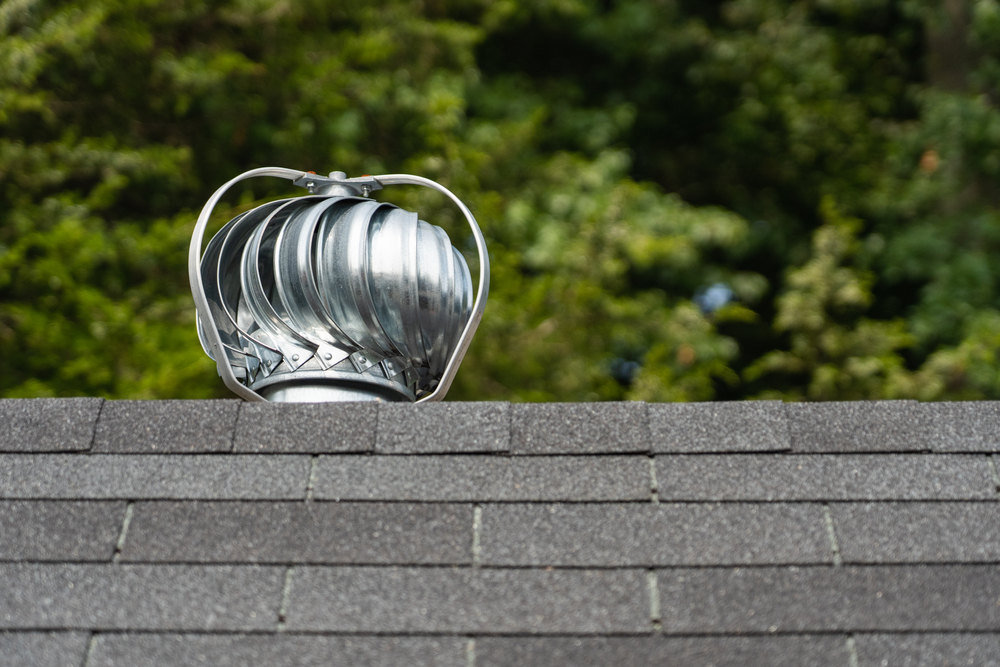
Feb








The humble whirlybird has a lot more to it than meets the eye.
As far as ventilation goes, whirlybirds check a lot of boxes. Have a read of our blog on How Ventilation Increases Comfort In Your Home to find out how.
Despite this, whirlybirds remain quite underrated. In this article, we bust some common myths about them...
If your whirlybird is making noise, it means that something is happening that shouldn’t be.
A functioning whirlybird is almost silent and will only make noise if it’s broken. Cheap or incorrectly installed whirlybirds are often prone to this.
To avoid this, make sure you consult a roofing expert before purchasing.
While whirlybirds are common in industrial spaces, they can be very beneficial in homes, offices and other buildings too.
Particularly in Queensland, roof ventilation can make your home that much more comfortable. By installing a whirlybird, you will allow the hot air trapped in your roof to escape, significantly cooling your space.
This improves air quality by promoting air flow and removing moisture from your roof, which can lead to mould growth and wood rot.
While it is true that whirlybirds need wind to function, they need a lot less than you might think.
Whirlybirds function through convection and the creation of a vacuum. The more powerful the wind, the more hot air is sucked out of the room. Even if there is no wind, hot air can still escape through it.
As for their usefulness through the seasons, a whirlybird will benefit your home by extracting the hot air in summer and minimising moisture during the winter months.
Image: fdaroofing.com.au
It is understandable that installing something that essentially creates gaps in your roof may make you question how it fairs in the rain.
However, whirlybirds are designed to withstand all kinds of conditions, even rain. Due to their overlapping fins, water is unable to penetrate it… so no leaks!
Whirlybirds cost less than you think.
A quality one won’t be the cheapest thing you buy, but they’ll last a lot longer than if you go for the low-grade types.
Plus, if you take into account how they can reduce your power bill by lowering the need to use fans and air conditioners, they may actually save you money in the long run!
At Roo Roofing, we know everything there is to know about whirlybirds. Contact us today for all your ventilation and roofing needs!
BOOK A FREE
ROOF CONSULTATION











79 Cambridge Street, Coorparoo Brisbane QLD 4151
QBCC Lic. #1147373 Master Builders 64246